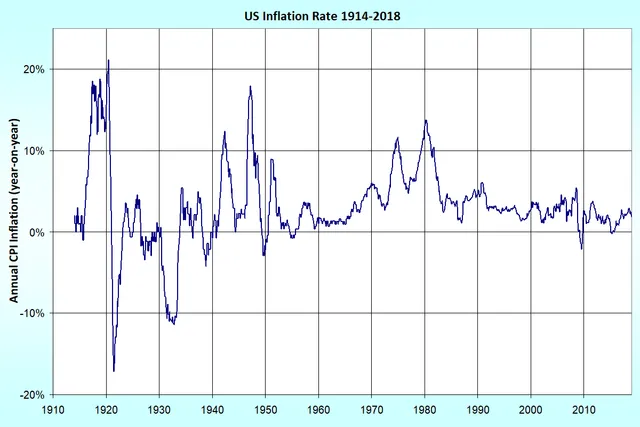
Image Source
Hey Leofinance community. I've been wanting to know the answer to this question for a while. I figured that if anybody could provide an answer, it would be the smart folks at Leofinance.io.
Where does inflation from money printing normally go?
To give a little background in this question:
I sometimes trail off in thought and end up deeply pondering random things. One day, for whatever reason, I was struck by the similarities and differences between blockchain governance policies and state governance policies. I thought about how it was kind of interesting that the witnesses on the Hive blockchain (and others) are basically funded by the inflation on the blockchain. The thought occurred to me that I should explore whether or not such a practice would be viable for a state government. Could a government be totally funded by the inflation of its currency?
That line of thinking led me down another rabbit hole. How could I have any frame of reference as to how much more inflation would have to happen to fund the government unless I knew what happened to the inflation being printed now...or at least under normal circumstances? Things might be a little different now because of COVID. I know the US is printing money like crazy. I think at least some of that will go directly to the citizens. I'm not sure how much of a percentage that is though.
So that's where I'm at currently. When the supply of fiat money increases, who gets those new bills? Who are the direct beneficiaries when the money printer goes brrrrrrr?
While you're at it fell free to weigh in on the benefits and advantages of a government operating solely off of the money it printed. Thanks for reading. I look forward to hearing/reading your thoughts.
